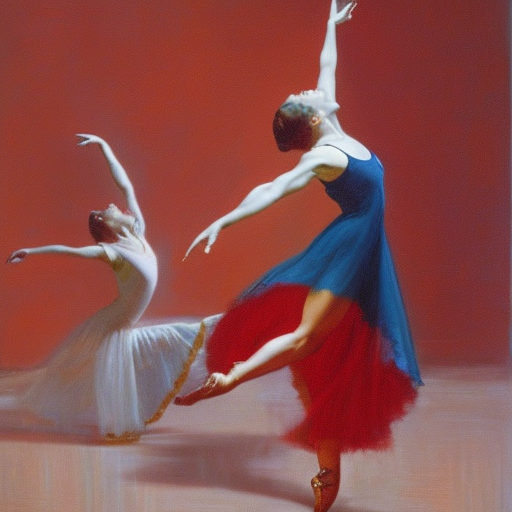Summary: Ballroom dance is a popular social dance form that originated in the 19th century. It is characterized by its elegance, grace, and precision. Ballroom dance is performed in pairs and includes various styles such as waltz, tango, foxtrot, and cha-cha. It requires coordination, technique, and musicality. Today, ballroom dance is enjoyed by people of all ages and is practiced both socially and competitively.
History of Ballroom Dance
Ballroom dance has its roots in European social dances of the 18th and 19th centuries. It evolved from court dances and was initially performed by the elite. However, it gained popularity among the middle class in the early 20th century. The development of standardized dance steps and techniques led to the establishment of ballroom dance as a recognized art form.
Styles of Ballroom Dance
There are several styles of ballroom dance, each with its unique characteristics and music. Some of the most popular styles include:
- Waltz: The waltz is a smooth and flowing dance characterized by its 3/4 time signature. It is known for its sweeping movements and graceful turns.
- Tango: The tango is a passionate and dramatic dance that originated in Argentina. It is characterized by sharp movements, staccato footwork, and intense expressions.
- Foxtrot: The foxtrot is a smooth and elegant dance that is often referred to as the “dance of gentlemen.” It combines slow and quick steps and is performed to big band music.
- Cha-Cha: The cha-cha is a lively and energetic dance that originated in Cuba. It is characterized by its syncopated steps and hip movements.
Technique and Skills
Ballroom dance requires a combination of technical skills and artistic expression. It involves precise footwork, body alignment, and partnering skills. Dancers must have a good sense of timing and musicality to interpret the music and express the emotions of the dance. Proper posture and frame are essential for maintaining balance and connection with the partner.
Social and Competitive Aspects
Ballroom dance can be enjoyed both socially and competitively. Social dancing provides an opportunity for individuals to socialize, have fun, and improve their dance skills. It is often practiced at social events, parties, and dance clubs. Competitive ballroom dance involves participating in competitions where dancers are judged on their technique, style, and performance. These competitions are organized at various levels, from local to international, and attract dancers from around the world.
Benefits of Ballroom Dance
Ballroom dance offers numerous physical, mental, and social benefits. It is a great form of exercise that improves cardiovascular health, flexibility, and coordination. It also enhances cognitive abilities such as memory and concentration. Ballroom dance promotes social interaction, teamwork, and communication skills, as dancers must work together with their partners to create a harmonious dance. Additionally, it provides a creative outlet for self-expression and can boost self-confidence and self-esteem.
Conclusion
Ballroom dance is a captivating art form that combines elegance, technique, and musicality. It has a rich history and offers a wide range of styles for dancers to explore. Whether enjoyed socially or competitively, ballroom dance provides numerous physical, mental, and social benefits. It is a timeless and enjoyable activity that continues to captivate people of all ages and backgrounds.












